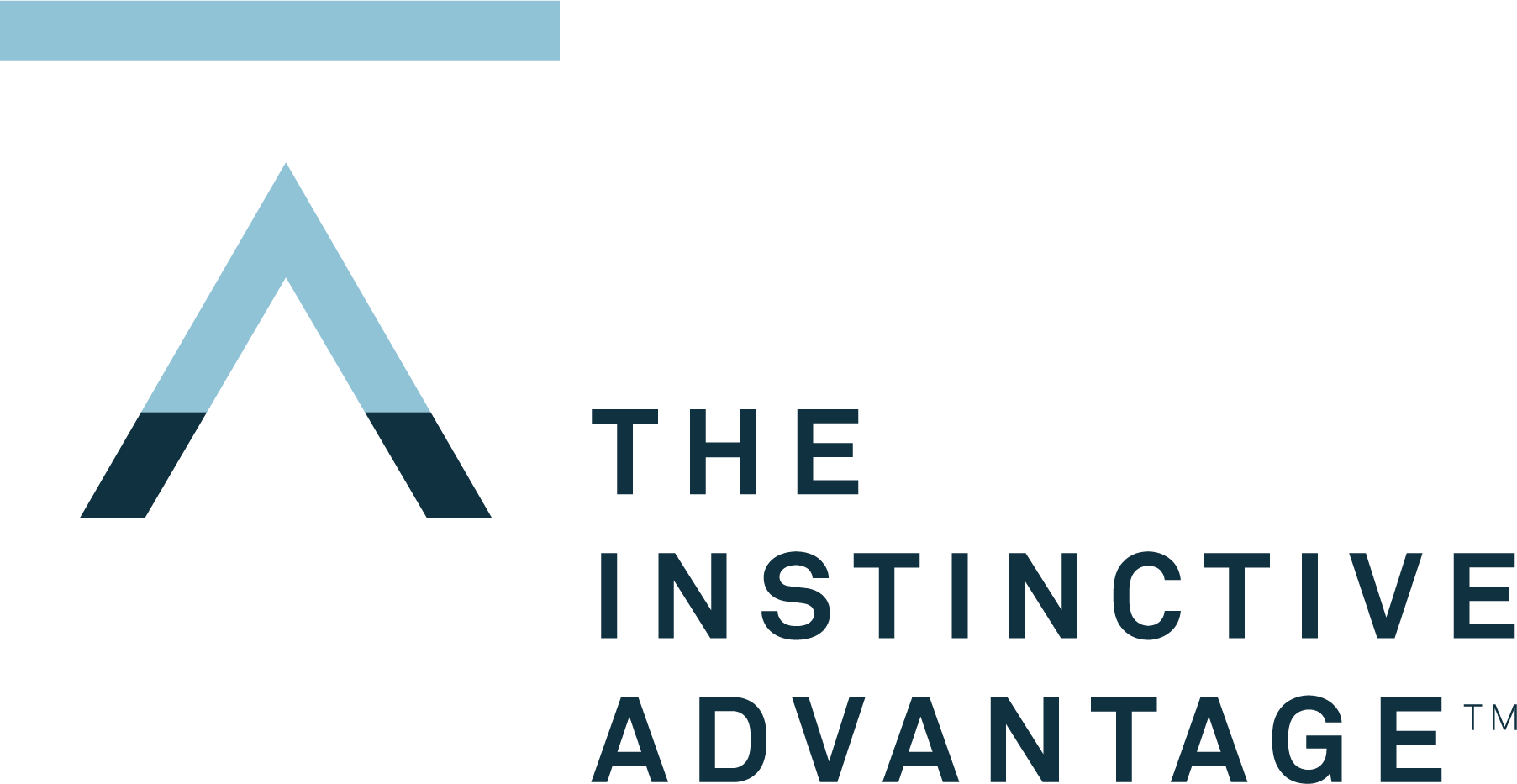How To Productively Lead Through Change
Getting to a place where you can impact change is difficult.
Yet, leading through that change productively can be even more difficult.
Over the last few months my blogs have talked a lot about examining the individuals and teams within your organization, and scaling them accordingly. In this post we’re going to talk about what is looks like to actually lead through what’s uncovered in the results, and how to maintain your productivity as you impact change.
Start with what causes pain
First, let’s address the areas in which organizations experience the most pain. During change, these are the areas that can most negatively impact productivity.
Lack of effective communication about the change(s).
Not enough clarity about why the change(s) is valid.
Limited ability to maintain stability (or sense of stability) during the change(s).
Forgetting to see the change(s) from the staff’s perspective.
Implement simple solutions
Once you know what’s causing the pain on your team, keep your solutions simple. Change is already challenging enough for your team, you don’t want to change your leadership style too much at the same time. Below are some helpful tips to utilize for each of the pain points we listed above.
Lack of effective communication about the change(s)
Remember, everyone of your employees navigates communication differently. Some need written details and others simply need time to process. If your pain point is having a lack of effective communication about the change(s), try to meet staff where they are at. This may mean sitting down with each team member (or the core team members) and listening to them about what would be helpful to better understand the change.
Not enough clarity about why the change(s) is valid
Validity is personal. And your team is comprised of individuals who each hold very personal, and very real beliefs about their systems & roles. With this in mind, it’s easy to understand why sometimes change doesn’t seem valid to employees. Thus, it’s your job as a leader not to communicate “this is what we are doing,” but to communicate “this is what we are doing, why we are doing it and how it will impact you.”
Limited ability to maintain stability (or sense of stability) during the change(s)
It seems like an oxymoron, right? Having limited stability during the implementation of change(s) you’re doing to create a more stable environment. Well, because each of your team members operate differently, this is a common problem for leaders during times of transition/change. With this in mind, it’s important that you understand your teams individually, and that you know where they fall on the Four Kolbe Action Modes™: Fact Finder, Follow Thru, Quick Start and Implementer (if you don’t know, these are areas of individual instinct that can be assessed with the Kolbe Index).
Forgetting to see the change(s) from the staff’s perspective
Similar to having limited ability to maintain stability (or sense of stability) during the change(s), leaders often forget to see things from their staff’s perspective. Through better individual understanding, leaders become more prepared to lead with stability and understanding, tailoring the change(s) - or at least how you communicate about them - towards how each individual will instinctually respond.
At the core, it’s important to understand that leading your teams through change can be difficult. But it’s equally important to understand those individuals are on your team with you.
It’s my challenge to you that you lead with intention, understanding and a willingness to accommodate (when necessary) your team members based on who they are.
It’s powerful when people are understood.
-E
